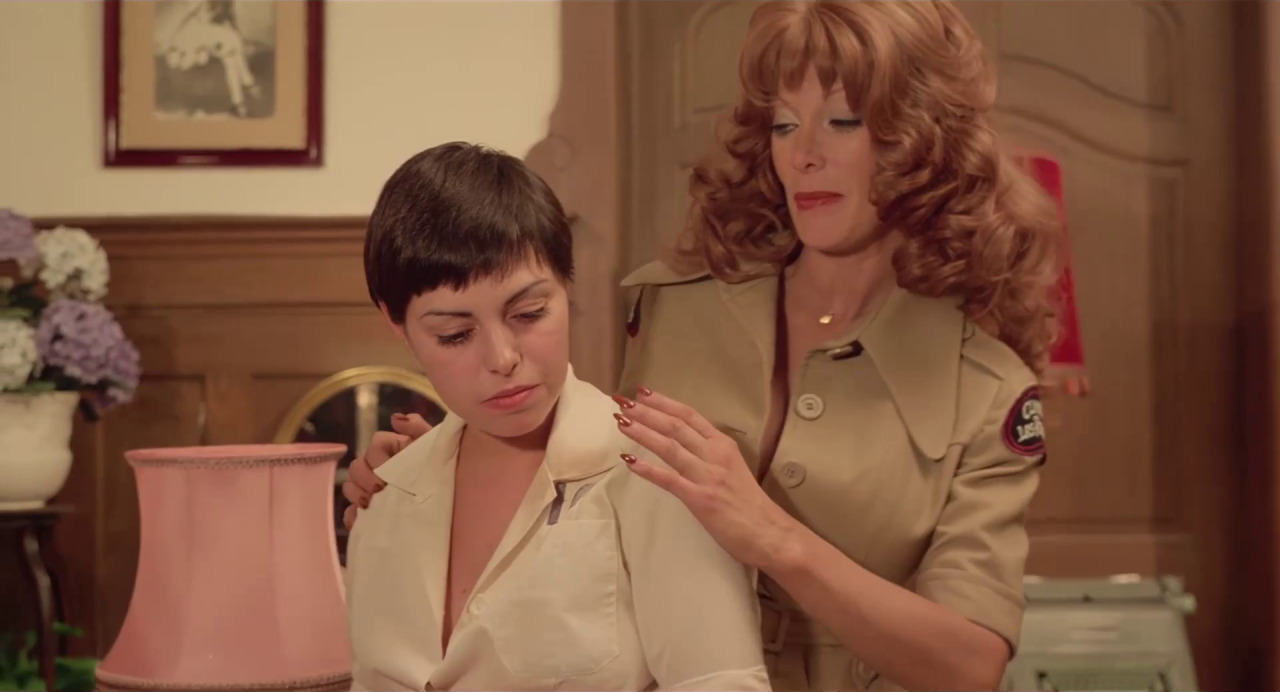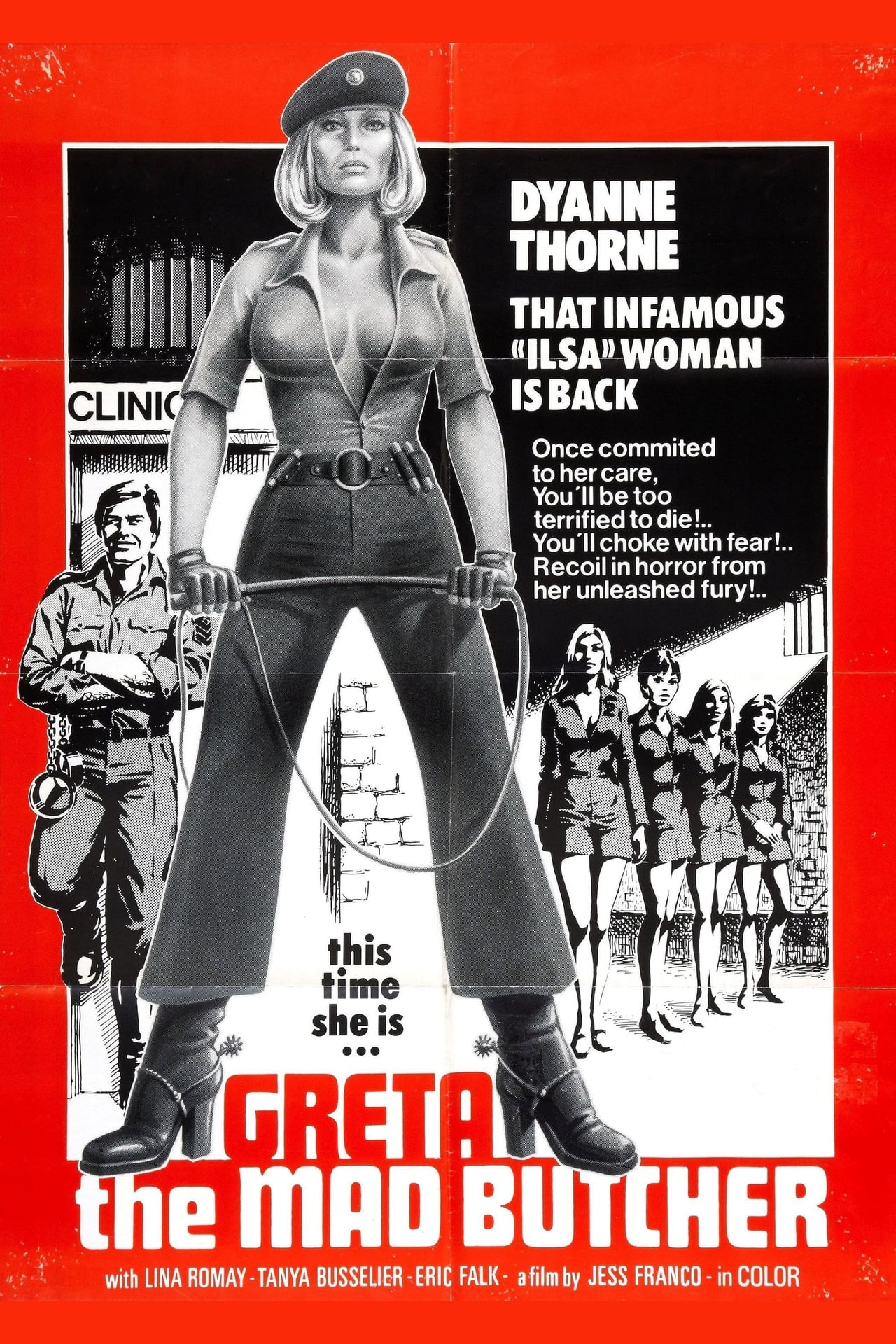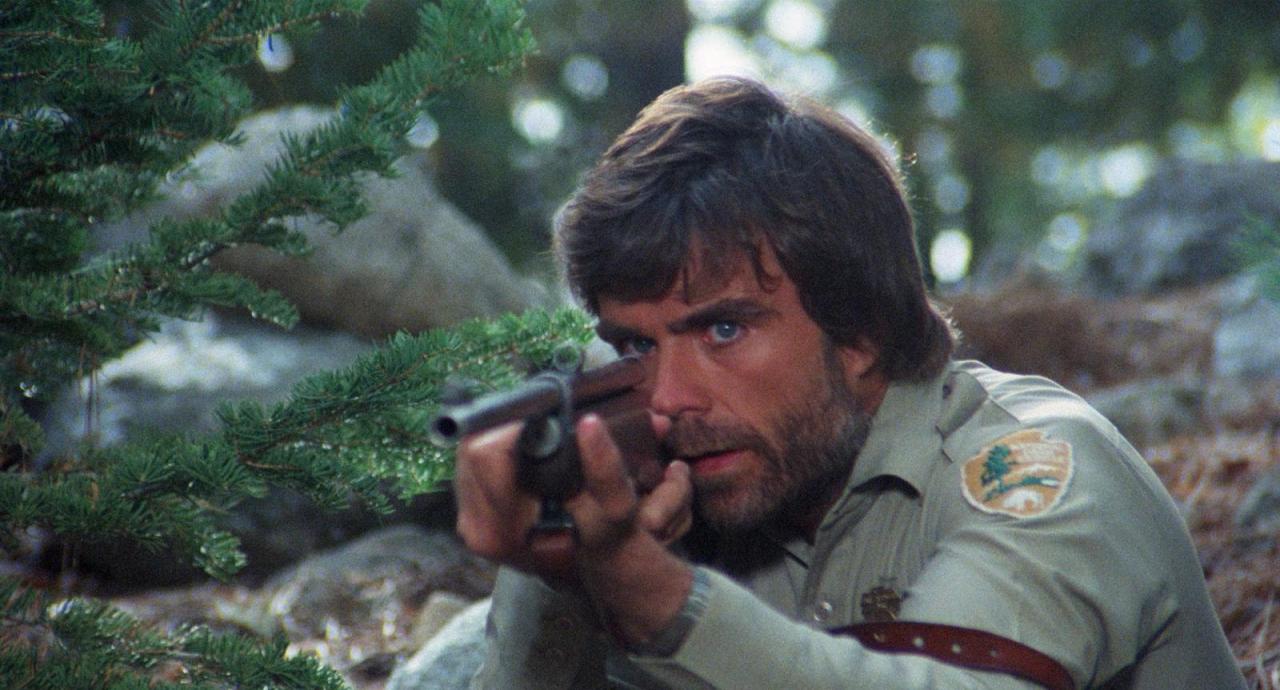Death on the Nile (Guillermin, 1978)

This was a movie we owned on VHS as I was growing up, so I'd seen it a number of times, even though I remembered very little little outside of a magnificently mustachioed Peter Ustinov as Hercule Poirot and the sweltering Egyptian atmosphere. I also wouldn't call myself a great Agatha Christie fan, although I did inherit some secondhand appreciation thanks to my dad. When I was volunteering at my high school library (in my province they make you do a certain number of hours of community service in order to graduate from high school; I think the idea is to instill in our youth an appreciation for public service, although in my less charitable moments I sympathized with the annoying Marxist in this movie and thought they should have just paid somebody to do these things), my dad insisted that I bring home all of the old Christie novels they were going to throw out. So I did end up reading a number of her books in my teenage years. (My favourite as I recall was The Murder of Roger Ackroyd, for reasons that will be readily evident to anyone who's actually read it. I wouldn't dare spoil it myself.)
All of this is to say I felt a certain pang of nostalgia when I revisited this, even though (as I indicated above), I remembered next to nothing about the story and observe it playing out as if I was figuring it out along with Poirot, nodding along as he noticed clues and confided his observations to his friend played by David Niven. Yes, yes, I was thinking that too. Now, as a kid, my familiarity with the movie's stars probably didn't line up with most people of my generation, and was also the result of my dad's taste. Which is to say, I recognized Ustinov from Blackbeard's Ghost, Niven from The Guns of Navarone, and pretty much nobody else. I had no idea who people like Mia Farrow, Bette Davis, George Kennedy or Angela Lansbury were. Now I've grown to be easily dazzled by the presence of actual movie stars, so when the camera panned across a number of them in one of the introductory scenes, I felt a little awestruck, especially as this wasn't even half of the principal cast.
This was made a few years after Sidney Lumet's adaptation of Murder on the Orient Express, which featured Albert Finney as Poirot. There might be some childhood nostalgia playing a role here, but I much prefer Ustinov in the role. For one, Finney looks like he had a mustache pasted over his lip, while Ustinov looks to have been born with one. But I think Finney had a certain gruffness in his portrayal, whereas Ustinov seems gentler, more gleeful and a little paternal. You can hear the disappointment in his voice when he tries to warn a jilted Mia Farrow away from the path she's chosen.
Or notice the discreet smiles he affords himself as he twirls his mustache or notices something that no one else does. Or how carefully he times his pauses, especially when he reveals the culprit. I am not a smart man and won't pretend I can solve these whodunits faster than their genius detective heroes, but I appreciate a flamboyant reveal as much as the next person, and like when the person doing the revealing relishes it as much as I do. This is a guy who loves his job.
This was directed by John Guillermin, of whose work I'd only seen his jaded, extremely '70s take on King Kong. (That movie co-starred Charles Grodin, who would have killed it in this movie. Imagine him as the sleazy lawyer played by George Kennedy and lament the missed opportunity.) Guillermin is likely not as good a director as Lumet, but he understands the assignment, and is able to juggle the extremely impressive cast and let them all have their moments. (The best bit of casting is likely Lois Chiles as the wealthy murder victim. I think back to watching the film version of The Great Gatsby during high school English and hearing my teacher wax rhapsodic about her aura of old money, a quality that serves her well in this role.) And it helps that the production design is impeccable, there's a Nino Rota score, and the movie is shot by the great Jack Cardiff, who captures the proceedings with effortlessly handsome cinematography and every once in a while produces a bit of that old Powell Pressburger lighting magic. And while the movie arguably runs a little long at almost two and a half hours, it's a nice excuse to hang out on this set with this colourful cast.
I grew up watching Ustinov's Poirot in this film and Evil Under The Sun over and over again. I loved mysteries growing up and Ustinov's Poirot, as you say, has such a humanity to him (as does Christie's Poirot, for that matter). I must have watched this movie at least a dozen times.
Yet, I have been loath to return to it as an adult, in part because I hadn't read the book and wanted to do so (I've read all the Marple short-stories and the first 8 of the Marple novels, but only 3 of the Poirot novels) but also just out of concern that this was something a 12 year-old could fall in love with but a jaded adult would find lacking and I didn't want to know.
I will now move this up.
As for poor Albert Finney, I have to tell you that I love his performance. In the end, he does show great humanity even if he portrays Poirot as a bit more standoffish and irritable than Christie wrote him. I think Lumet's MotOE is a fine film and, despite its impressive cast and sharp direction and cinematography, I think Finney carries it.
I also think Branagh's performance is surprisingly good. He doesn't look right, of course, he's too physical, but you can tell he really loves the character Christie wrote, even if he takes extreme liberties with her plots.
But I look forward to revisiting Ustinov's performance. A recent article in The New York Times gave a brief run-down of the (I think) six "major" Poirot interpreters and they had great things to say about Ustinov.








